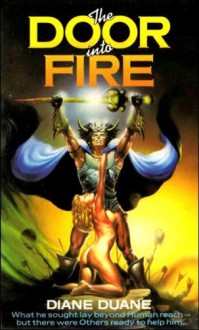
Disclaimer: ARC via Netgalley
When most people hear the words Nazi and Eugenics, they only think about the Nazi view on humanity – the slaughter of innocent people and the desire to breed the perfect people. What many people don’t know is that the Nazis did try to do the same to animals. The Nazis didn’t just steal art and material possessions; they also took horses and various other animals to use in breeding programs.
Elizabeth Lett’s latest book, The Perfect Horse, is a chronicle of the rescue of some of the horses the Nazis tried to take. It is a book that will undoubtedly disappoint some people, but it that is because it is far more than what cover seems to indict.
If people mostly think of the Nazi eugenic ideas only in terms as applied to humans, then most people when they think of horses in World War II think of the Flight of Lipizzaner, not so much fleeing the Nazis as fleeing the Russians. This is in doubt because the Lipizzaners are beautiful ballet horses. They are entrancing. They do magnificent things. It is also do the many books, articles, and a few movies made about the event. What most people do not know or forget is that the Dancing White Horses were not the only breed targeted by the Nazis.
Lett’s book acknowledges this targeting.
Admittedly, Lett’s keeps the focus on the Lipizzaner but also includes the Polish Arabian Stud farm Janow Podlaski’s struggles to keep its horses, including the famous Witez II, safe. (Letts refers to Witez II as Witez throughout the book, but he is usually termed Witez II). At times, this can make the narrative two pronged with the tie in being the rescue of the horses by the American Army. The plus side is that it allows for a more detailed look than the usual saving the dancing horse story.
Letts’ writing tends to be the best when she is dealing with travails of the people who struggle to save the horses. When writing about the horses, sometimes she gets a bit over the top – I am not sure that Witez II felt like a homesick person when he left the stud, and I am sure that Letts doesn’t know either. That aside, the book does detail not only the breeding programs, but differences in how various countries viewed and constructed Calvary.
At times one does wish she included more information – for instance, she notes that Breyer did a model of Witez II but does not note what model it was (Proud Arabian Stallion, in case you want to know) and she could list some film titles as well as detail the draft or other less flashy breeds that were targeted as well.
What Letts does is detail a popular topic that truly gets little detailed coverage.


 Log in with Facebook
Log in with Facebook 









